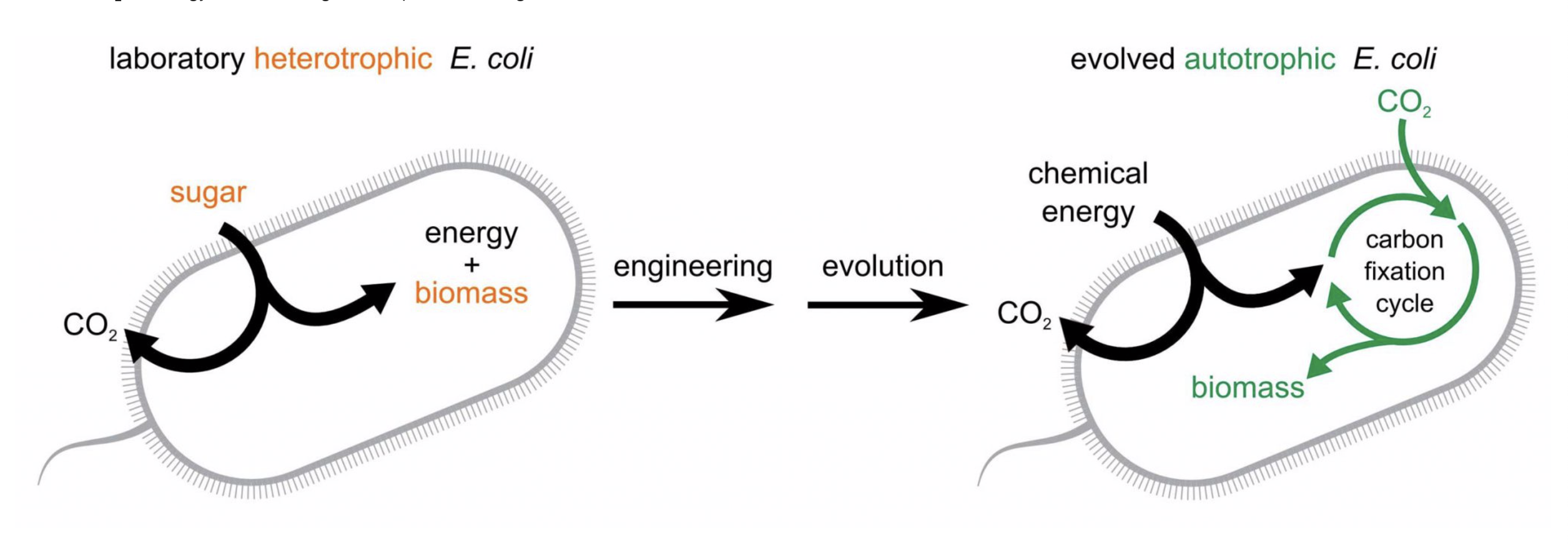In many cases, babies with eczema also go on to develop food allergies, asthma and hay fever. Dr. Donald Leung, the head of Pediatric Allergy & Clinical Immunology at National Jewish Health suggests it may not be a coincidence.
In this study published on February 2019 by National Jewish Health, it was found that the cracks caused by eczema weaken the skin barrier, allowing allergens to penetrate the skin and cause a sequence of allergic diseases. This process is known as the “atopic march”. Food particles introduced through the skin instead of the digestive system is much more likely to trigger an allergic response that leads to food allergy. The atopic march often sets off a chain of allergic diseases that develop over several years, sometimes resulting in hay fever and asthma.
The skin serves as the first line of defense by keeping external allergens and microbes out and keeping moisture in. Dr. Leung has shown in his study that patients with eczema lack important proteins and lipids in the outer layers of their skin. As result of this defect, water is able to escape from the skin and dry it out, resulting in cracking that allergens and microbes are able to enter.
In order to remedy dry cracked skin, experts suggest performing a “soak and seal”. This involves thoroughly moisturizing the skin in a warm bath, then immediately applying moisturizing ointment in order to trap the moisture.
“Restoring the skin barrier as soon as eczema develops is the best way to stop the atopic march in its tracks and prevent allergic diseases from developing.” said Dr. Leung.
A baby’s skin is particularly susceptible to drying out due to exposure to the dry outside world as opposed to the watery environment of the womb. Studies suggest regular treatment with skin moisturizers can reduce an infant’s chances of developing eczema and subsequently other diseases in the atopic march.







